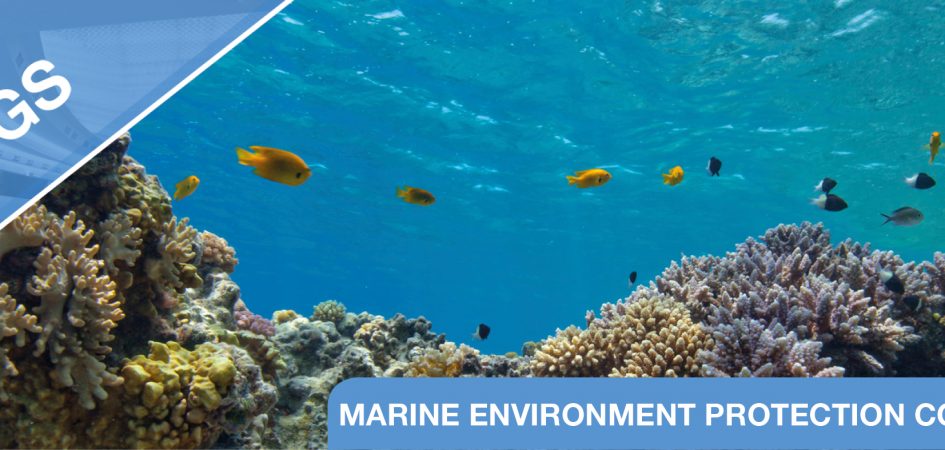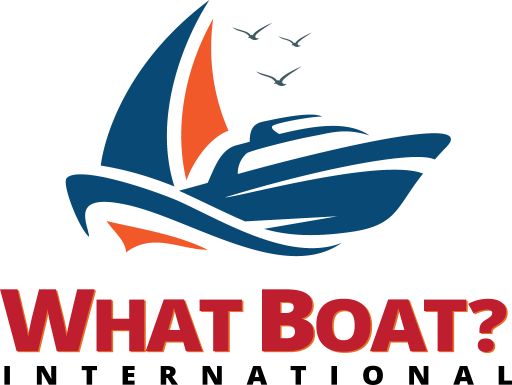
Published on: 21 July 2022

ICOMIA (International Council of Marine Industry Associations) has now published a report following the 78th session of the Marine Environment Protection Committee (MEPC) held virtually from the 6-10 June 2022.
The key items of interest to our members discussed at the meeting are as follows:
GHG reduction – short-term measures – The Committee considered the report of the 12th meeting of the intersessional working group on greenhouse gas emissions (ISWG-GHG 12) which was held remotely from 16 – 20 May 2022. Among the items under discussion at this meeting were the report of the correspondence group on carbon intensity reduction, as well as consideration of concrete proposals for medium and long-term measures to reduce GHG emissions.
At MEPC 76, the Committee approved amendments to MARPOL Annex VI with regards to the Energy Efficiency Existing Ship Index (EEXI), as well as a new Carbon Intensity Indicator (CII). It was pointed out in that report that these measures do not apply to the leisure and yachting industries, and this remains the case, for now. However, it is prudent to monitor this item as there may be proposals in the future to consider other vessel types for these regulations. At present, the only passenger-carrying vessels (excluding Ro-Ro passenger vessels) which are affected by these regulations are “cruise passenger ship” which, in MARPOL Annex VI is defined as: “..a passenger ship not having a cargo deck, designed exclusively for commercial transportation of passengers in overnight accommodations on a sea voyage”.
The Committee approved the 2022 Guidelines for the development of a Ship Energy Efficiency Management Plan (SEEMP). These guidelines include the new requirement for Part III of the SEEMP which applies to vessels over 5000 GT, are affected by the EEDI regulations (which does not include yachts) and sets out how to develop the ship’s operational carbon intensity plan for the determination of the vessel’s carbon intensity indicator (CII). Whilst all yachts over 5000 GT must comply with the requirement to record fuel consumption data in accordance with Part II of the SEEMP, no yacht will be required to comply with the Part III regulations because they are not “cruise passenger vessels” nor do they fall under any of the other applicable vessel categories.
GHG reduction – mid-term measures – Development of life-cycle guidelines –The importance of lifecycle assessment (LCA) of GHG emissions was recognised by the Committee which noted the work done in the ISWG-GHG 11 on the development of draft guidelines on lifecycle GHG/carbon intensity for marine fuels (LCA guidelines). A correspondence group on marine fuel lifecycle GHG analysis was established to further the work with the following terms of reference:
-
Further develop the draft guidelines on lifecycle GHG intensity of marine fuels (draft LCA guidelines), with a view to finalising the draft guidelines at MEPC 80, and in doing so:
- Identify main initial fuel production pathways and feedstocks for inclusion in the draft LCA guidelines, and how they could be subcategorized and further specified.
- Develop guidance for third-party verification and certification schemes.
- Further consider sustainability criteria issues and further develop the Fuel Lifecycle Label (FLL), taking into account the fuels identified in sub-paragraph 1.1.
- Develop methodologies that allow for the calculation of Well-to-Tank, Tank-to-Wake and entire Well-to-Wake GHG emissions default values for the fuels identified in sub-paragraph 1.1.
- Develop procedures that allow for the continuous review of Well-to-Tank, Tank-to-Wake and entire Well-to-Wake GHG emissions default values for the fuels identified in sub-paragraph 1.1.
- Review the overall structure, format and consistency of the draft LCA guidelines.
- Submit an interim written report to MEPC 79, to be first considered by ISWG-GHG 13, and a final report to MEPC 80.
Mediterranean Sea – Emission Control Area for Sulphur Oxides – The Committee agreed to designate the entire Mediterranean Sea as an emission control area, which means that the limit for sulphur in fuel oil used on board ships is 0.10 percent mass by mass (m/m), compared with 0.50 percent m/m outside of ECAs.
The corresponding amendments to MARPOL Annex VI were approved with a view to adoption at MEPC 79. The amendment could enter into force in mid-2024, with the new limit taking effect from 2025.
Biofuels and biofuel blends – The Committee approved the unified interpretation of regulation 18.3 of MARPOL Annex VI, with regard to the use of biofuels as MEPC.1/Circ.795/Rev.6.
BWM Convention – The Ballast Water Management Convention has been in force since 2017 and aims to prevent the spread of invasive aquatic species in ballast water. In 2017, MEPC 71 established the experience-building phase (EBP) associated with the convention in order to carry out a systematic and evidence-based review of the convention, potentially leading to a package of amendments. The Committee agreed in principle to develop a BWM Convention Review Plan (CRP) and established a Correspondence Group on Review of the BWM Convention to finalise the CRP.
The full ICOMIA report with all the supporting IMO documents embedded at the bottom of the report is free to download for British Marine members from the British Marine website here.

